Wrestling with the Interpretation of Soil Test Results and Fertilizer Recommendations for Phosphorus and Potassium
As the 2024 growing season approaches, concerns about high input costs, decreasing commodity prices, and supply chain issues are escalating. Ensuring accurate calculations for crop budgets becomes crucial, especially with expenses like land rental and chemical costs already accounted for, leaving fertilizer as a potential area for cost-cutting despite its importance.
Weed Control Showdown: Chemical vs. Cover Crop
Terry Wyciskalla of Wyciskalla Consulting in southern Illinois shares a video exhibiting the differences between chemical control and cover crop control of weeds in a plot in Washington County.
My Opinion On Liquid Fertilizers as a Total Program to Replace P and K
I have had a few recent conversations about liquid fertilizers that are either soil applied or foliar applied as well the questionable promotion that is being put out there.
Double-crop soybeans in the ground: What do I need to do now?
If you took Kelly Robertson’s advice from last month’s blog, you’re on your way to a successful double-crop season. The main drawback is having [...]
Phosphorus Management and the 4Rs
Phosphorus (P) also impacts water quality and is a common cause of hypoxia in surface water bodies. Phosphorus can be lost as soluble P [...]
Nitrogen Management and the 4Rs
Editor’s Note: This is the 4th part in a 4-part series on the 4Rs and nutrient management. Nitrogen (N) and phosphorus (P) are the [...]
The 4Rs and Illinois NLRS
Editor’s Note: This is the 2nd part in a 4-part series on the 4Rs and nutrient management. Illinois has adopted its own Illinois Nutrient [...]
Soil Sampling and Soil Tests 101
Editor’s Note: This is the 1st part in a 4-part series on the 4Rs and nutrient management. Soil sampling and testing is not an [...]
Agronomy: Summarizing the Soybean Season from Southwest Illinois
Well, this is my last article as the season comes to a close as a Soybean Envoy for 2016. I’m going to hit a [...]
Agronomy: Part 2: What do you feel is the biggest challenge in raising soybeans?
Last month I switched things up and posed this question to some of my customers (twice) with the general consensus that weed control is [...]

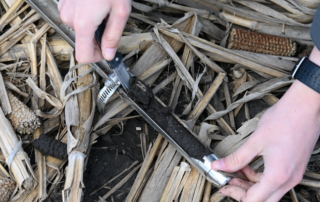
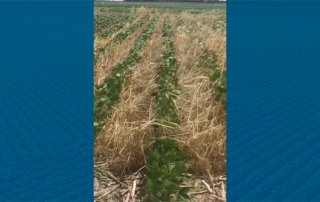
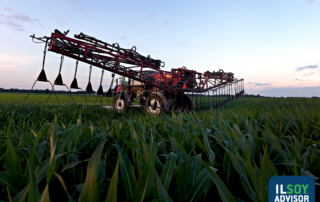
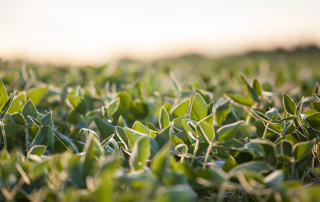
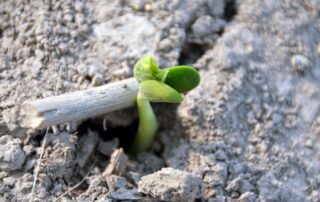
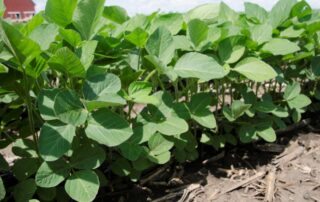
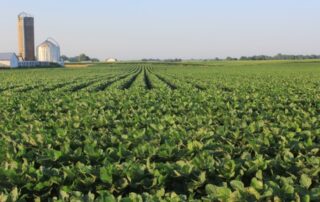
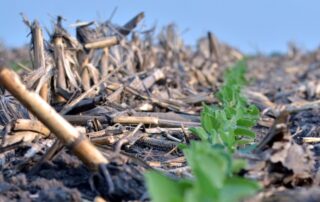
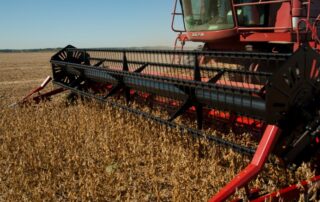
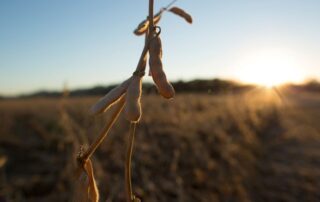

 and then
and then